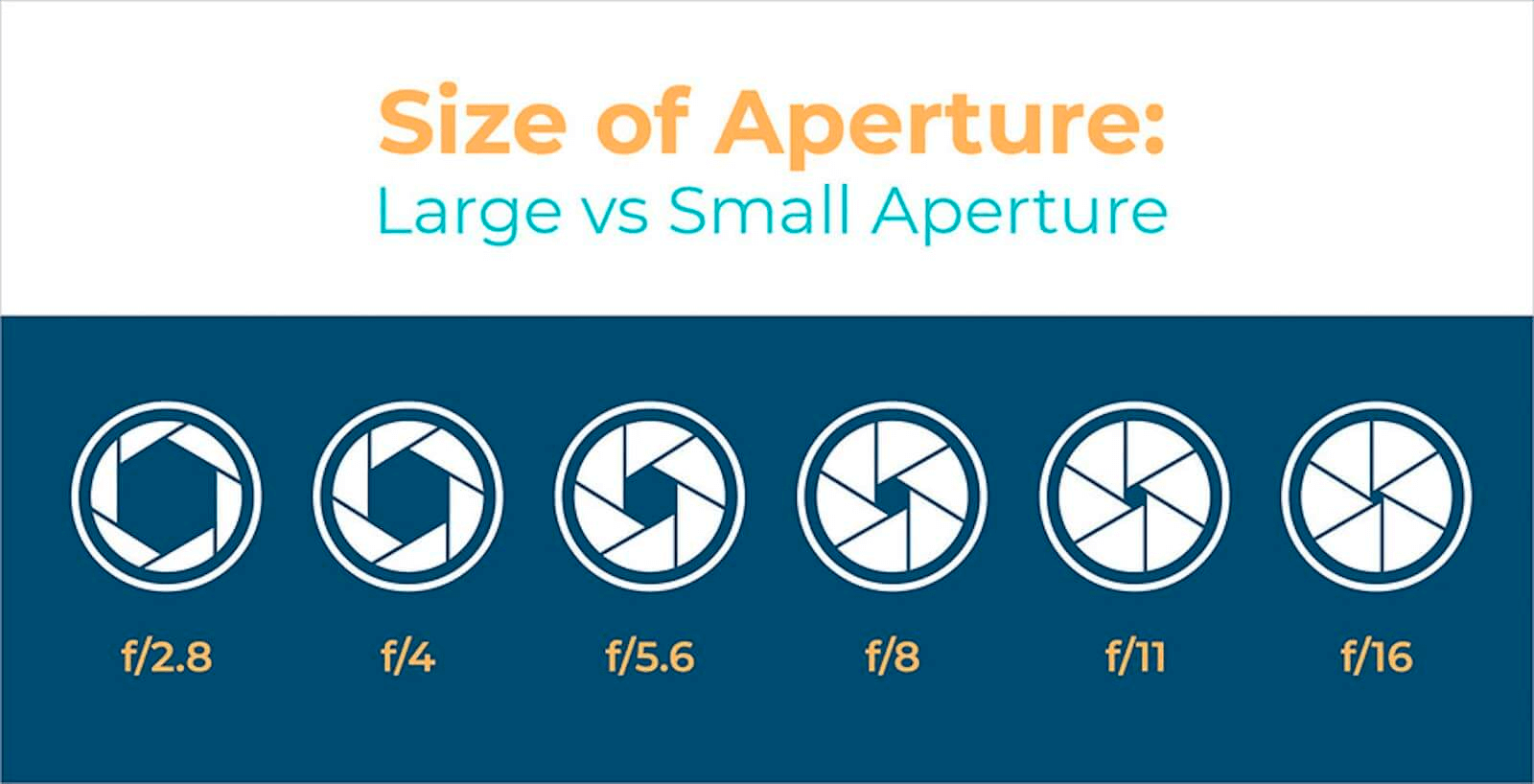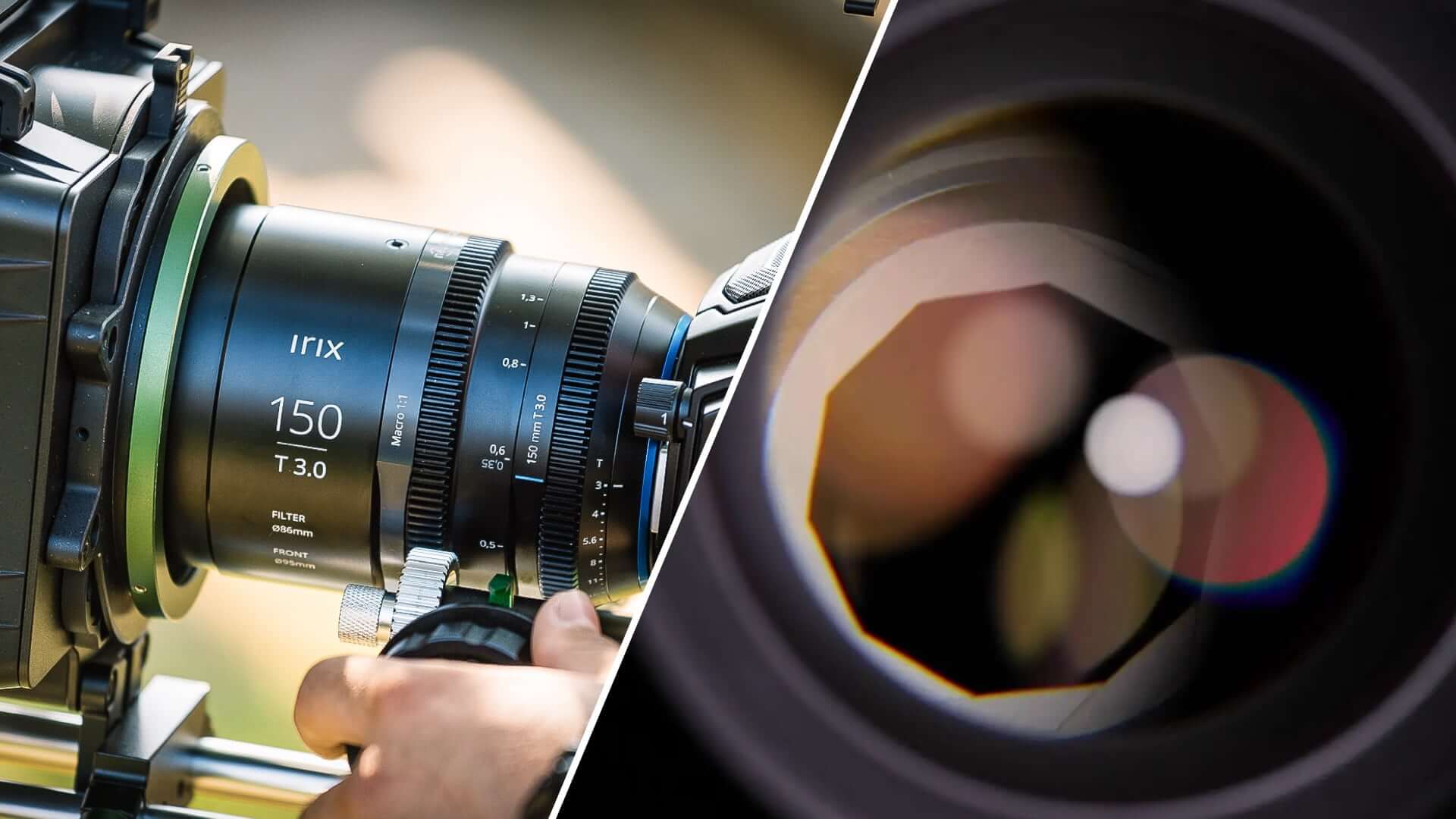In the world of filmmaking and photography, understanding the difference between a T-Stop and an F-Stop is crucial. These terms often confuse many newcomers, yet mastering their concepts can greatly improve the quality of your work.
Essentially, both relate to the control of light entering the camera but in slightly different ways. Let’s delve deeper to distinguish between T-Stop and F-Stop, and how each can impact the cinematic visuals you create.
What is a T-Stop?
First, let’s define T-Stop
In the world of cinematography and photography, certain terms like aperture and shutter speed often steal the limelight. However, there's a less celebrated yet remarkably significant player in exposure — the T-Stop.
T-STOP FILM DEFINITION
What is a T-Stop?
In the world of cinematography, a T-stop, or Transmission stop, is a term that refers to the actual amount of light that passes through the lens and reaches the film or sensor in a camera. This is different from an F-stop, which is a theoretical value calculated based on the diameter of the lens aperture. The T-stop takes into account not just the aperture, but also the real-world factors such as the lens glass quality and coatings, which can affect how much light is absorbed or reflected before it hits the sensor. Thus, T-stops provide a more accurate measure of light exposure, making them particularly useful in the film industry where consistency across different shots and scenes is critical.
Functions of a T-Stop:
- Measures actual light exposure
- Considers real-world factors
- Ensures consistency in shots
What is the T-Stop?
Understanding camera terminology
In the world of photography and filmmaking, understanding basic camera terminology can be the difference between capturing a compelling shot and missing the moment. Let's dive into some of these crucial terms.
Aperture
Aperture refers to the opening in your camera lens through which light enters. A wider aperture (denoted by a smaller f-number like f/1.8) allows more light in, resulting in a brighter image. A narrower aperture (higher f-number like f/16) lets in less light. What this video for more on aperture.
What is Aperture & the Exposure Triangle Explained • Subscribe on YouTube
Shutter Speed
Shutter Speed is the length of time your camera's shutter is open, exposing light onto the camera sensor. Faster shutter speeds like 1/500 will freeze action while slower speeds like 1/30 can create an intentional blur motion. Check out this breakdown of shutter speed.
What is Shutter Speed • Subscribe on YouTube
ISO
This measures the sensitivity of your camera's sensor to light. A lower ISO (100 or 200) means less sensitivity to light but clearer images, while a higher ISO (1600 or 3200) increases sensitivity, useful in darker environments, but may result in more image noise. Here's the lowdown on ISO.
What is ISO • Subscribe on YouTube
The term "F-stop" refers to the lens's focal length ratio to the diameter of the entrance pupil (the effective aperture). It's a crucial concept in both photography and filmmaking as it directly influences the exposure and depth of field of an image.

F-stop
In practical terms, adjusting the F-stop on your camera changes the size of the aperture. Lower F-stops like f/1.8 mean a larger aperture, allowing more light to hit the sensor and a brighter image. Conversely, a higher F-stop like f/16 results in a smaller aperture and a darker but sharper image.
F-stop settings greatly affect depth of field in photos. A lower F-stop (large aperture) creates a shallow depth of field, focusing on the subject while blurring the background. This is ideal for portraits or wildlife.
Conversely, a higher F-stop (small aperture) provides a larger depth of field, keeping both foreground and background in focus, commonly used in landscape photography.
Additionally, F-stop impacts exposure, determining the brightness of the image. Mastering the balance of F-stop, shutter speed, and ISO is crucial for properly exposed shots.
While the F-stop is a theoretical value based on the lens aperture, the T stop provides a more accurate measure of light exposure considering real-world factors, and understanding both is key to achieving consistent, well-lit shots in filmmaking and photography.
Related Posts
T-Stop Camera Function
The importance of the T-Stop
T stop, or Transmission stop, plays a pivotal role in the world of photography and especially in filmmaking. Its importance can be attributed to its ability to provide an accurate measure of light transmission through a lens, which directly impacts the exposure of the captured image or footage.
T stop and Lens Light Transmission
The T stop value considers factors such as the quality of the lens glass and coatings, which can alter how much light is absorbed or reflected before it hits the sensor.
For instance, a lens with a high-quality coating may allow more light to pass through than one without, even if their apertures (F-stops) are the same. Therefore, the T stop provides a more accurate measure of how much light will actually reach the sensor.
T-stop vs F-stop Explained
Ensuring Consistent Exposure
The primary benefit of using T stops over F-stops lies in ensuring consistent exposure. While F-stops provide a theoretical value based on the lens's aperture size, they do not account for real-world factors such as the quality of the lens elements and any coatings applied to them. These factors can significantly affect the amount of light transmitted through the lens.

Interstellar
By factoring in these variables, T stops offer a more realistic measure of how much light will actually reach the camera's sensor. This means when you switch lenses on a set, using the same T stop setting will ensure a consistent level of exposure across all your shots.
Maintaining Visual Continuity
In filmmaking, visual continuity is crucial. Any noticeable difference in lighting or color between shots can disrupt the flow of the film and distract the audience. This can be especially important when shooting a shot reverse shot sequence.
Fargo
By providing a precise measure of light transmission, T-stops help filmmakers maintain this visual continuity. For instance, when shooting a scene with multiple lenses, using the same T-stop for all lenses will help ensure that the exposure remains constant throughout the scene, enhancing the overall viewing experience.
Precise Control Over Depth of Field
Just like F-stops, T-stops also affect the depth of field in an image or a shot. However, because T-stops provide a more accurate measure of light reaching the sensor, they allow for more precise control over the depth of field.
This can be particularly useful in situations where precise focus is critical, such as in macro photography or extreme close-up shots in films.

Her • Extreme Close Up Shot
Understanding and mastering T-stops can equip filmmakers with the power to maintain exposure consistency and depth of field precision, thereby refining their storytelling craft. So, while it may appear as a minor technical detail, the T-stop plays a crucial role in the work of a great cinematographer and filmmaker.
Up Next
What is Dynamic Range?
Now that we've gone into the technical details of aperture, shutter speed, ISO, F-stops, and T-stops, let's turn our attention to another crucial concept in exposure: dynamic range.
Up Next: Dynamic Range →
Showcase your vision with elegant shot lists and storyboards.
Create robust and customizable shot lists. Upload images to make storyboards and slideshows.
